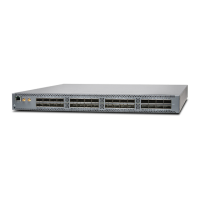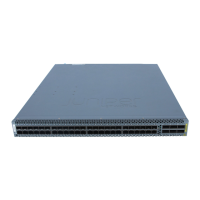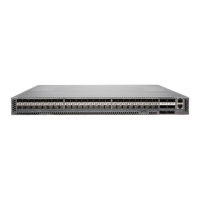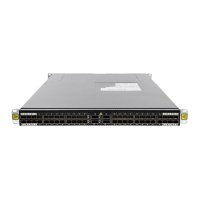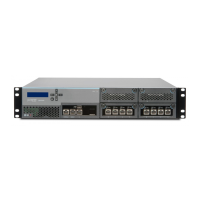Figure 1: VCF Spine-and-Leaf Architecture
A VCF is based on either QFX5100 or QFX5110 switches as the spine devices, as follows:
•
You can configure a VCF with QFX5100 switches as the spine devices, referred to as a QFX5100 VCF.
In an optimal QFX5100 VCF configuration, the leaf devices are also QFX5100 switches. You can, however,
also create a mixed QFX5100 VCF by including any combination of QFX5100, QFX3600, QFX3500,
and EX4300 switches as leaf devices.
NOTE: EX4300 multigigabit model (EX4300-48MP) switches are not supported in a VCF.
•
Starting in Junos OS Release 17.3R1, you can configure a QFX5110 VCF, which is a VCF with
QFX5110-32Q switches as the spine devices. In an optimal QFX5110 VCF configuration, the leaf devices
are also QFX5110 switches. You can, however, create a QFX5110 VCF by including any combination
of QFX5110 and QFX5100 switches as leaf devices. A QFX5110 VCF that also contains QFX5100
devices is a non-mixed VCF because both types of switches run the same software image when
interconnected into a VCF.
See Understanding Virtual Chassis Fabric Components for more information about the spine-and-leaf
architecture, supported device types, and which device types are required or recommended to be in each
role.
A VCF provides the following benefits:
•
Latency—VCF provides predictable low latency because it uses a fabric architecture that ensures each
device is one or two hops away from every other device in the fabric. The weighted algorithm that makes
traffic-forwarding decisions in a VCF is designed to avoid congestion and ensures low latency by
intelligently forwarding traffic over all paths within the VCF to any destination device., ensuring predictable
low latency for all traffic traversing the VCF.
•
Resiliency—The VCF architecture provides a resilient framework because traffic has multiple paths across
the fabric. Traffic is, therefore, easily diverted within the fabric when a device or link fails.
3
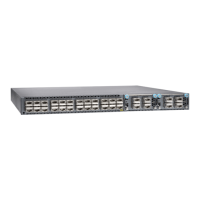
